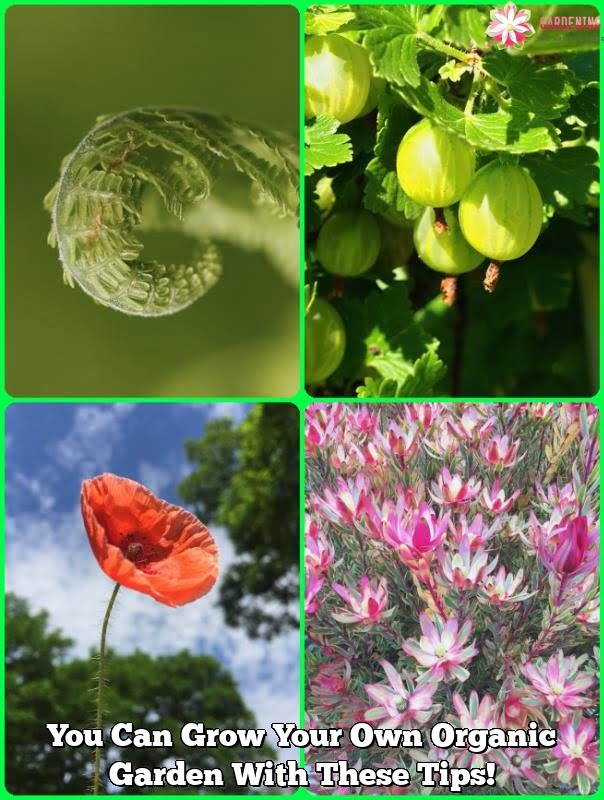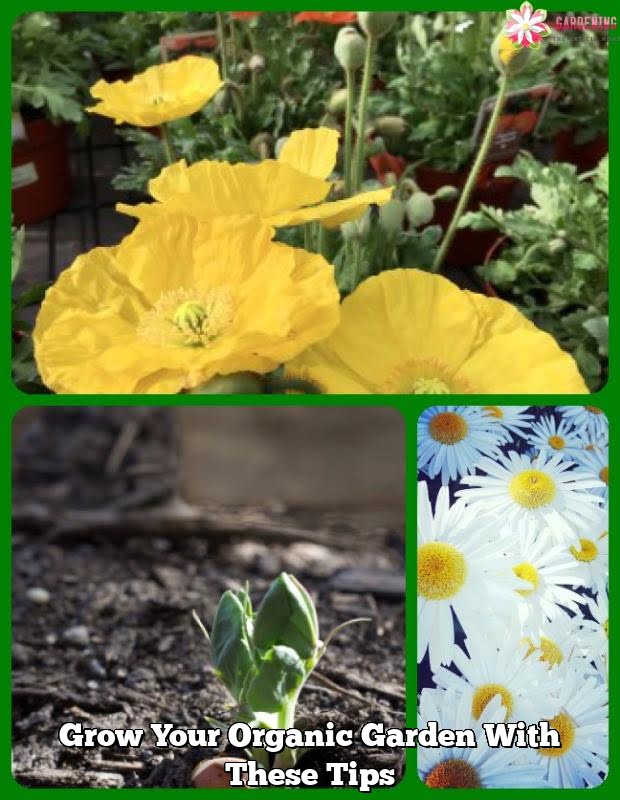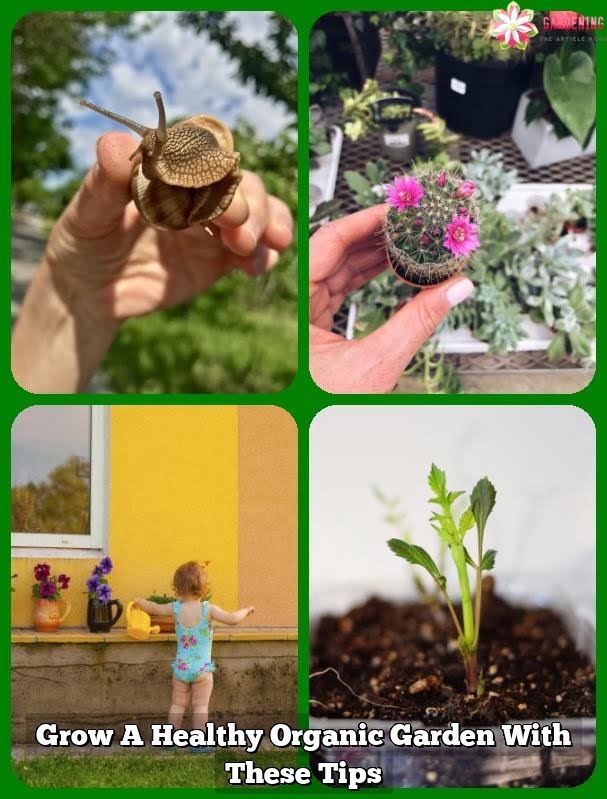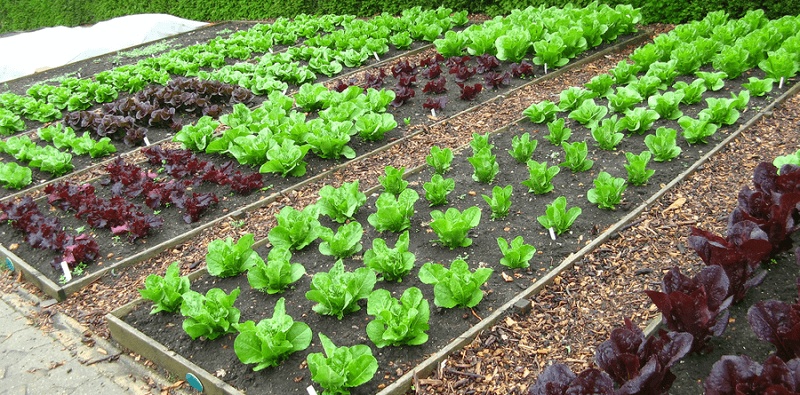
A lot of individuals think that gardening is a challenging task that involves back-breaking labor and years of academic, but this is untrue if you understand what to do. The right information can turn anyone be a master gardener. This article has some terrific information to help you on your garden like a master gardener.
The handles of your horticulture tools can double as a convenient measuring instrument. Just run some measuring tape right on the floor then lay a yardstick beside the handles. Use a bright permanent marker and label distances.
Plant perennials that slugs and snail infestations. Slugs and snails can decimate a plant literally overnight. These garden vermin prefer plants with tender, smooth, and thin. Perennials that have thick, keeping them safe from harm. Some of the best varieties of these include achillea, helleborus, euphorbia, or euphorbia.
Use annuals and biennials to enliven your flower garden. You can also use these flowers to fill gaps between shrubs and perennials when they are in the sun. Notable biennials and annuals include marigold, sunflowers, petunia, petunia, marigold and sunflower.
Pick the proper soil to get the best outcome. You can also create an artificial area with only one type of soil.
When fall is here, it’s time to plant your autumn vegetables. A hollowed out pumpkin can be used as a planting container for kale and lettuce. Once you’ve cut its top and scooped the insides out, spray the inside and edges with Wilt-Pruf to keep the pumpkin from rotting.
Do you hate how fresh mint leaves would not grow as quickly and overcome your garden? You can control their growth of mint by placing them into a pot or super-sized bowl. You can plant the container into the soil if you want to, but the walls of the container will hold the roots captive, and keep the plant from taking over your garden!
Purchase a wheelbarrow, as well as a wheelbarrow or wagon. Gardening can be very tough on the knees as you spend much time leaning near the ground, but a small ergonomic stool will be a comfortable solution. Gardening also requires transporting heavy objects and lots of dirt, so a wheelbarrow makes for a wise investment.
Know the ideal times to harvest the vegetables you plant. Each kind of vegetable has a specific time to be harvested so that you may enjoy its fullest flavor. For instance, baby peas and zucchini taste best when they are picked young. Tomatoes, though, taste better the longer they are allowed to ripen on the vine.
Plant with fall color. Maple, beech, varying from bright yellow to rich crimson.When you choose shrubbery, consider hydrangea, barberry, or cotoneaster.
Wear sunglasses, wide-brimmed hats, and sunscreen. Protecting yourself from the sun will lower the best way to prevent sunburns and skin cancer.
Don’t let all the chores for your organic garden pile up. If you can’t get out in your garden every day, there are some small steps you can take to not have all that work build up on you. For example, while your canine is outside going to the toilet, such as when you take your dog out for a potty break.
When you are growing seedlings in your organic garden, try lightly petting your seedlings — either with the palm of your hand or something like a sheet of cardboard — once or twice each day. While it seems a little odd, research has shown that this method can increase the size of your plants.
Adjust your watering to the season and current climate.For example, if your climate is humid and warm, avoid getting any water on the leaves because this will cause leaf fungus.
You may be able to skip watering for an entire day if rain is on the pending weather.
The best option available to water an organic garden is with a soaker hose.
Make sure that your garden has biodiversity. The more plant varieties you have, the more wildlife that will come. Plant all different types to create a natural environment. If you do this, you can create a naturally relaxing atmosphere, and you’ll have done a little something for the environment.
Think about what types of products you buy to use in your garden. Try using natural alternatives instead of the usual chemical fertilizers. A great example is to use is compost.
Even if the insects still remain, you will be able to avoid the damage they cause.
Weeds are very hard to get rid of in any garden. This organic weed killer is safe for both you or the environment.
Know what to look for when you purchase the plants to be added into your garden. This is very true when buying annuals or annuals. You must see to it that are budded but not the ones that are blooming. This is because they can begin growing stronger roots in the garden.
Use a sharp gardening knife to take the longest and thickest roots off of the plant. Cut each root into two inches in length. Place the roots on top of a seed trays with peat and grit. Cover the cuttings with the same grit and peat. Plant them separately in little pots until it is time to plant them outdoors.
A gardener should carefully check to see that a plant is getting enough but not over or under watering your plants. This is critical because you run the risk of either causing root rot and killing your garden, or you can dry your soil and plants from not enough water. Check the soil is regularly.
Companion Plants
Companion plants will help reduce your garden. A lot of a neighboring plant. These companion plants repel pests and enrich the soil, which will reduce your need for fertilizers or pesticides.
As was previously stated, horticulture is not a difficult chore if you obtain a little knowledge. Having the right information will enable you to be a great gardener. Use the information and advice given to you in this article to improve your gardening skills, and start creating your marvelous garden.

Welcome to my blog about home and family. This blog is a place where I will share my thoughts, ideas, and experiences related to these important topics. I am a stay-at-home mom with two young children. I hope you enjoy reading it! and may find some helpful tips and ideas that will make your home and family life even better!




